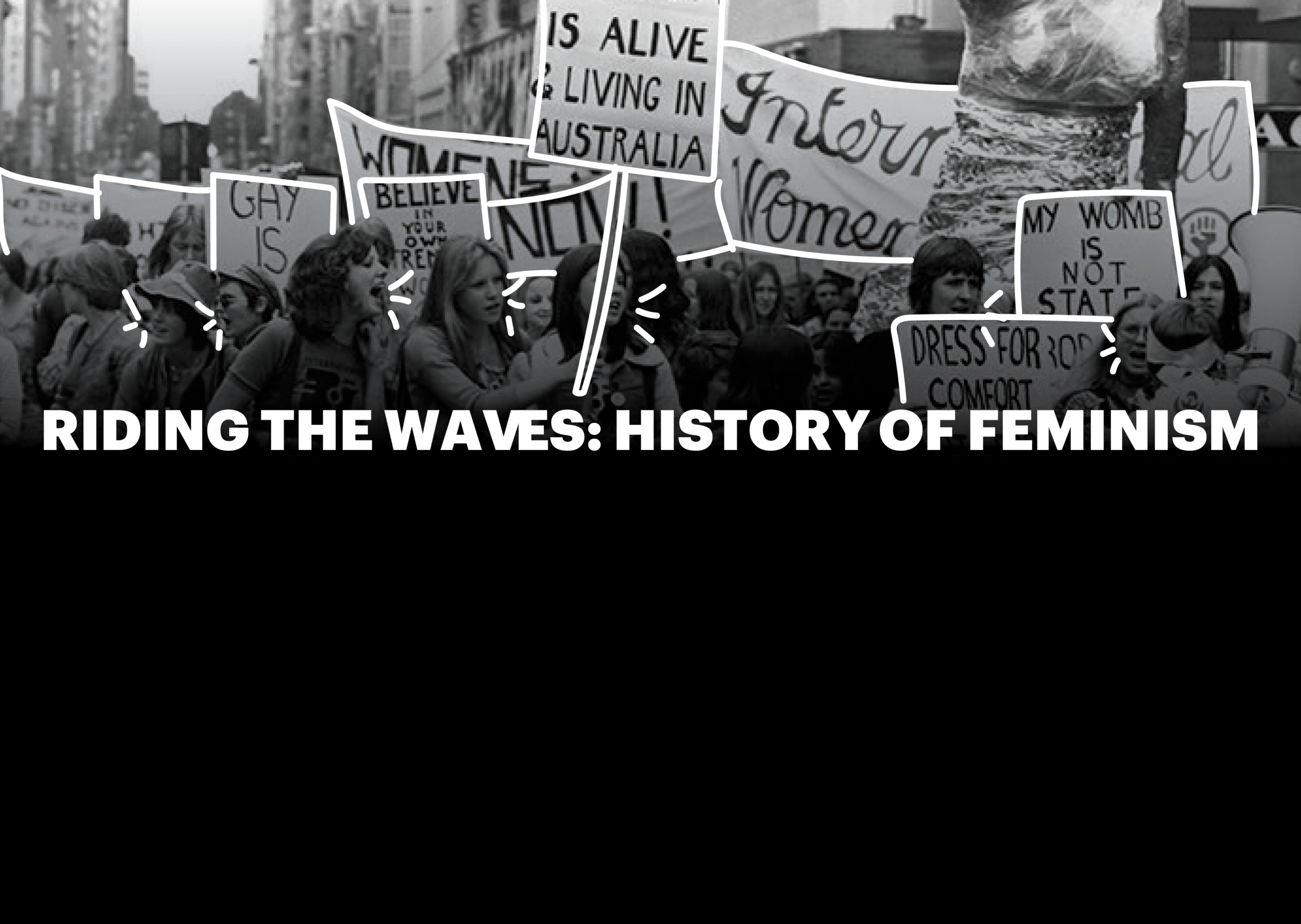
Feminism has evolved through several decades, each wave marked by distinct priorities and strategies. While the movement has global roots and impacts, New Zealand’s feminist history offers unique milestones and challenges that both parallel and diverge from international trends.
First Wave: Suffrage and Legal Rights
First-wave feminism emerged in the mid-19th century, focusing primarily on legal rights and women’s suffrage. Sparked by social reform movements and the desire for equality before the law, activists campaigned for voting rights, property ownership, and access to education. The movement was largely led by middle-class women in Europe, North America, and Australasia, and often intertwined with abolitionist and temperance campaigns.
New Zealand played a pioneering role in the first wave. Women’s suffrage campaigns, led by figures like Kate Sheppard and the Women’s Christian Temperance Union, mobilised thousands through petitions and public advocacy. Their efforts culminated in 1893, when New Zealand became the first self-governing country to grant women the right to vote—a world first that inspired suffrage movements globally. Despite this victory, women’s political participation remained limited: they could not stand for Parliament until 1919, and progress toward broader legal equality was gradual.
Globally, this movement took root at events like the 1848 Seneca Falls Convention in the United States, where activists such as Elizabeth Cady Stanton and Lucretia Mott demanded the right to vote and equal status for women. The first wave continued in Britain and other Western countries, with suffrage petitions and campaigns for property rights, education, and employment. The movement culminated in landmark victories, such as the passage of the 19th Amendment in the US (1920) and partial suffrage in the UK (1918), though many legal and social barriers remained.
Second Wave: Social Equality and Liberation
The second wave of feminism, beginning in the 1960s, expanded the movement’s focus beyond legal rights to address broader social, cultural, and economic inequalities. Inspired by civil rights activism and works like Betty Friedan’s The Feminine Mystique, this wave challenged traditional gender roles, advocated for reproductive rights, and demanded equal opportunities in education and the workplace. Feminists organised protests, consciousness-raising groups, and lobbied for legislative reforms.
New Zealand’s second wave mirrored these international trends but developed its own distinctive character. Women’s liberation groups formed in major cities, advocating for equal pay, reproductive rights, and access to education. The movement became increasingly visible through marches, conventions, and publications like Broadsheet magazine. A defining feature was the growing recognition of race relations: Māori women, initially marginalised, asserted their voices, highlighting the importance of addressing colonialism and indigenous rights. Donna Awatere’s Māori Sovereignty brought these issues to the fore, challenging Pākehā feminists to confront racism and intersectionality. The United Women’s Conventions symbolised both solidarity and tension, as the movement worked to become more inclusive and representative of New Zealand’s diverse society.
The second wave was sparked by works like Betty Friedan’s The Feminine Mystique (1963), activists challenged traditional gender roles, campaigned for reproductive rights, workplace equality, and legal reforms. The movement also addressed sexuality, family roles, and gender-based violence. Consciousness-raising groups and mass protests became hallmarks of this era, leading to significant legal victories, such as the Equal Pay Act (1963, US) and Roe v. Wade (1973).
Third Wave: Diversity and Intersectionality
Emerging in the 1990s, third-wave feminism responded to the perceived limitations of previous waves by embracing diversity, individuality, and intersectionality. This wave recognised that women’s experiences are shaped by race, class, sexuality, and other identities, challenging the notion of a universal female experience. Influenced by postmodernism and queer theory, third-wave feminists critiqued stereotypes, promoted body positivity, and advocated for LGBTQ+ rights. Activism became more decentralised, utilising media and digital platforms to amplify diverse voices. By celebrating multiplicity and questioning established norms, third-wave feminism broadened the scope of the movement and encouraged a more inclusive approach to gender equality.
In New Zealand, third-wave feminism built on earlier achievements while addressing new challenges. The movement prioritized inclusivity, ensuring that Māori, Pasifika, Asian, and LGBTQ+ voices were heard. Political representation increased, with women like Jenny Shipley, Helen Clark, and later Jacinda Ardern serving as Prime Ministers. Feminist activism expanded to include issues such as gender identity, pay equity, and violence against women. Māori women continued to advocate for Mana Wāhine, ensuring indigenous perspectives remained central. The third wave in New Zealand was marked by a commitment to intersectionality and the ongoing struggle for equality across all spheres of life.
Fourth Wave: Digital Activism and Intersectional Justice
Fourth-wave feminism, beginning around 2013, is defined by its use of digital tools and social media to mobilise and amplify activism. This wave focuses on sexual harassment, violence against women, body positivity, trans-inclusivity, and intersectionality. Movements like #MeToo and #TimesUp have brought global attention to issues of sexual violence and workplace discrimination. Fourth-wave feminism is characterised by rapid, networked activism, with a strong emphasis on the voices and experiences of marginalised groups, including women of colour and LGBTQ+ individuals.
In New Zealand, Māori and Pasifika women, as well as LGBTQ+ communities, continue to play a vital role in shaping the movement, ensuring that intersectionality remains central. The fourth wave has also seen renewed activism around gender diversity and the rights of transgender and non-binary people. While significant challenges remain, the digital era has enabled a broader, more inclusive feminist movement that is responsive to the complexities of contemporary New Zealand society.
Conclusion
The four waves of feminism have each transformed societies worldwide, advancing women’s rights and challenging entrenched inequalities. New Zealand’s feminist history stands out for its early suffrage victory, its engagement with issues of race and colonialism, and its commitment to inclusivity in recent decades. As feminism continues to evolve, New Zealand offers a powerful example of both the achievements and ongoing challenges in the pursuit of gender justice.